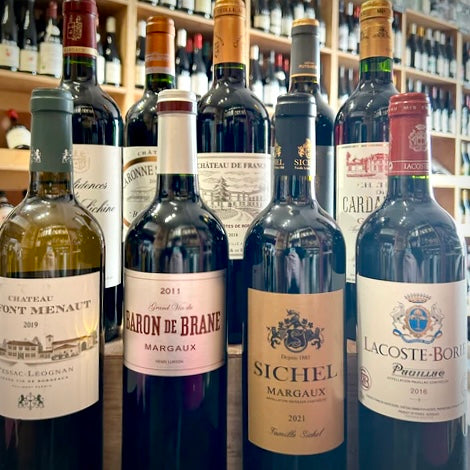
Saint-Emilion, Margaux, Pauillac and so much more... The complex tapestry of sub-regions within Bordeaux and hundreds of notable Chateaux can make it a little daunting to get into. We have recently received some wonderful new wines from the region so I hope to make this a helpful guide that demystifies France's largest winegrowing region.
The Grapes
A red Bordeaux (often called 'claret' in the UK) is almost always a blend of multiple grape varieties. Merlot and Cabernet Sauvignon are the most important black grape varieties, with Cabernet Franc and Petit Verdot often playing a supporting role in smaller proportions. Malbec and Carmenere are also permitted for use here but are very rare within Bordeaux.
Sauvignon Blanc and Semillon dominate the white wine production in Bordeaux. They are typically blended together, especially in the famous sweet wines of Sauternes, but more 100% Sauvignon Blanc dry whites are being made now also. Other minor white grapes include Muscadelle and Colombard.
A Tale of Two Banks
The geography of Bordeaux is dominated by rivers; here the Dordogne and Garonne rivers join to form the large Gironde estuary. As the soils and wine styles differ on the two sides of the estuary, we commonly divide Bordeaux into the Left Bank and Right Bank.
The Left Bank
Hugging the Gironde's left bank, from the Atlantic coast to the city of Bordeaux, is the Medoc. The area's gravel soils are suited perfectly to ripening Cabernet Sauvignon, which benefits from the good drainage and typically makes up the majority of blends here. Within this area are the famous villages of St-Estephe, St Julien, Pauillac and Margaux, which all have their individual character. Surrounding these is the Haut-Medoc, which can be an excellent source of fine Cabernet Sauvignon-led claret at reasonable prices.

Pauillac Declassified 2019, Maison Sichel £26.95
Pauillac reds are famous for the power of their tannic structure, giving them superb ageing potential. Maison Sichel produce a wine true to the terroir, but not so inapproachable in youth, particularly from a generous vintage like 2019. Led by 73% Cabernet Sauvignon with 24% Merlot and 3% Petit Verdot it has lots of dark berry fruit, blackcurrant especially, and liquorice and clove notes from 20 months ageing in French oak.

Confidences de Prieure-Lichine Margaux 2016, Chateau Prieure-Lichine £34.50
The wines of Margaux are typically the most perfumed of the Left Bank, often using a larger proportion of Merlot in the blend. This second wine of the excellent Chateau Prieure-Lichine is a stunning example of Margaux elegance. A blend of 65% Merlot and 35% Cabernet Sauvignon from one of the best vintages of the last 25 years this is drinking well now but will happily age at least another decade. The nose balances ripe raspberry and red plum fruit with sweet cinnamon spice and the palate is silky, refined and very long.

Chateau Cantemerle Haut-Medoc 2016 £45
One of 58 Bordeaux Chateaux to be included in the classification of 1855, Cantemerle is a shining example of the high potential in the less-prestigious Haut-Medoc. They make use of all four of the main red grapes in the blend: 52% Cabernet Sauvignon, 39% Merlot, 5% Cabernet Franc and 4% Petit Verdot. It is an extremely complex wine, with cedar and bayleaf complimenting the mulberry and black cherry fruit. Jane Anson of Decanter described the 2016 as 'easily one of their best ever wines' and suggests it could age another twenty years, however it is rather delicious now!
We also have the 2018 vintage of their wonderful second wine, Les Allees de Cantemerle, which delivers heaps of splendid Left Bank character for £25.
The Right Bank
On the right side of the estuary, as you follow down the Libourne river, you find the regions of Pomerol and St Emilion. Here the soil is largely thick clay, with pockets of limestone. Merlot is the most important grape here, usually blended with Cabernet Franc. The wines are typically plusher and more fruit-forward but not necessarily less worthy of long ageing. The Cotes du Blaye and Cotes du Bourg are also this side of the river, sources of superb value and home to more young and adventurous winemakers.

Fleur de Fonplegade Saint-Emilion Grand Cru 2019, Chateau Fonplegade £31
A bold and generous blend of 95% Merlot and 5% Cabernet Franc, this is the second wine of Grand Cru Classe Chateau Fonplegade. Fonplegade is located on the limestone outcrop in the South of the appellation, which leads to greater freshness in the wine. The estate has been farmed organically since 2013 and achieved biodynamic certification in 2020, as the owners look to preserve the soil health, both for the positive impact on the wine and the greater environment. The round and velvety palate is concentrated with plum and blueberry fruit alongside some oaky cocoa and vanilla aroma.

Le Roc de Chateau Puybarbe Cotes du Bourg 2019 £14.95
Due to it's less prestigious name, the Cotes du Bourg is home to more newcomers and experimenters than other parts of Bordeaux. This is exemplified at Chateau Puybarbe, taken over by Finnish couple Riku and Anna Väänänen in 2017. The wines have a slightly more new world character to them, the 2019 Le Roc is an opulent 15.5% blend of 54% Merlot, 42% Cabernet Sauvignon with a little Cabernet Franc and Malbec. Very full-bodied with notes of liqueur cherry, plum jam and spices.
Graves, Whites and Sweets
The Graves region, south of the city of Bordeaux, is the source of the region's finest white wines. Within Graves are Pessac-Leognan, home to superb reds in the Right Bank style and excellent dry white wines, and Sauternes, the famous Semillon-based dessert wine.

Chateau Lafont Menaut Pessac-Leognan Blanc 2019 £22.50
Unlike in the Loire Valley, in Bordeaux it is common to ferment and age Sauvignon Blanc in oak barrels. This adds more richness and body to the wine alongside toasty notes for more complexity making them outstanding food wines. Lafont Menaut Blanc displays a delicious balance between ripeness and freshness with pineapple and passionfruit notes, a broad palate and a crisp and lively acidity in the finish.

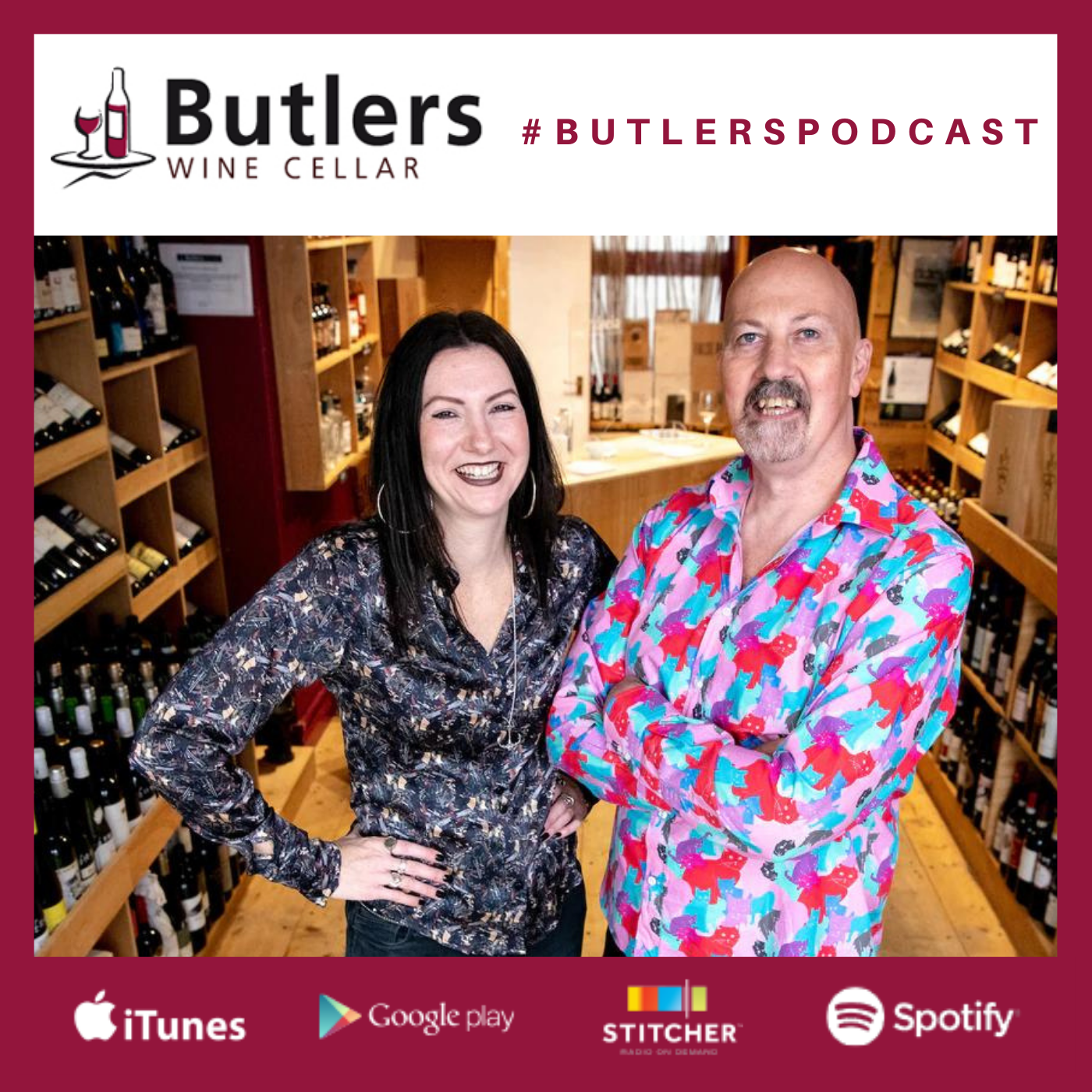
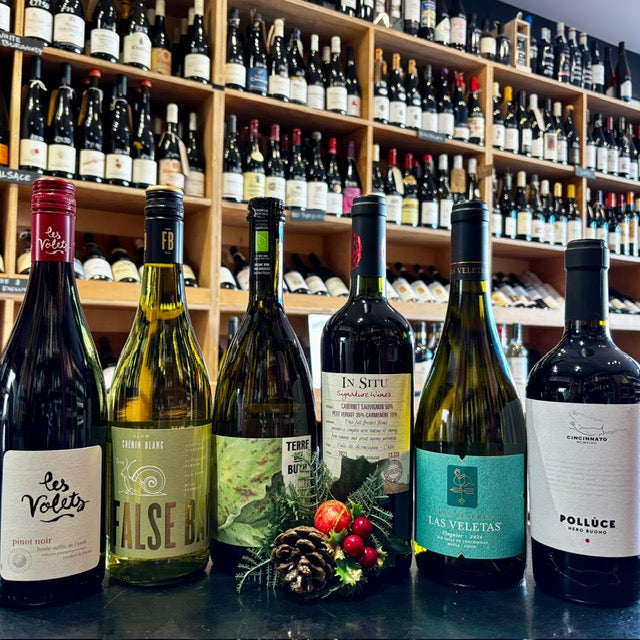
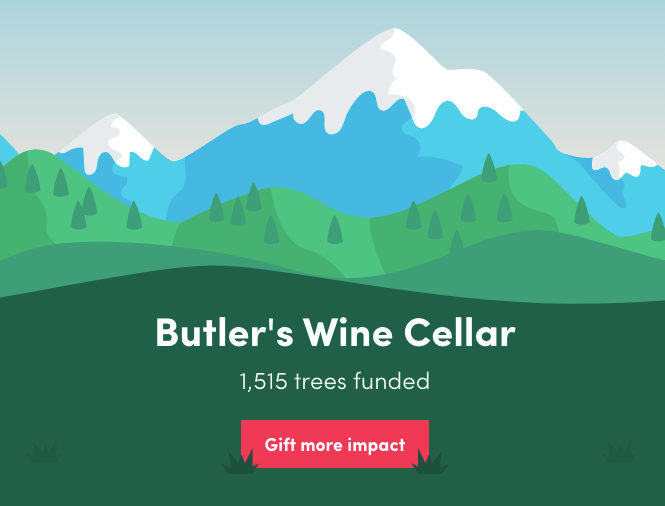

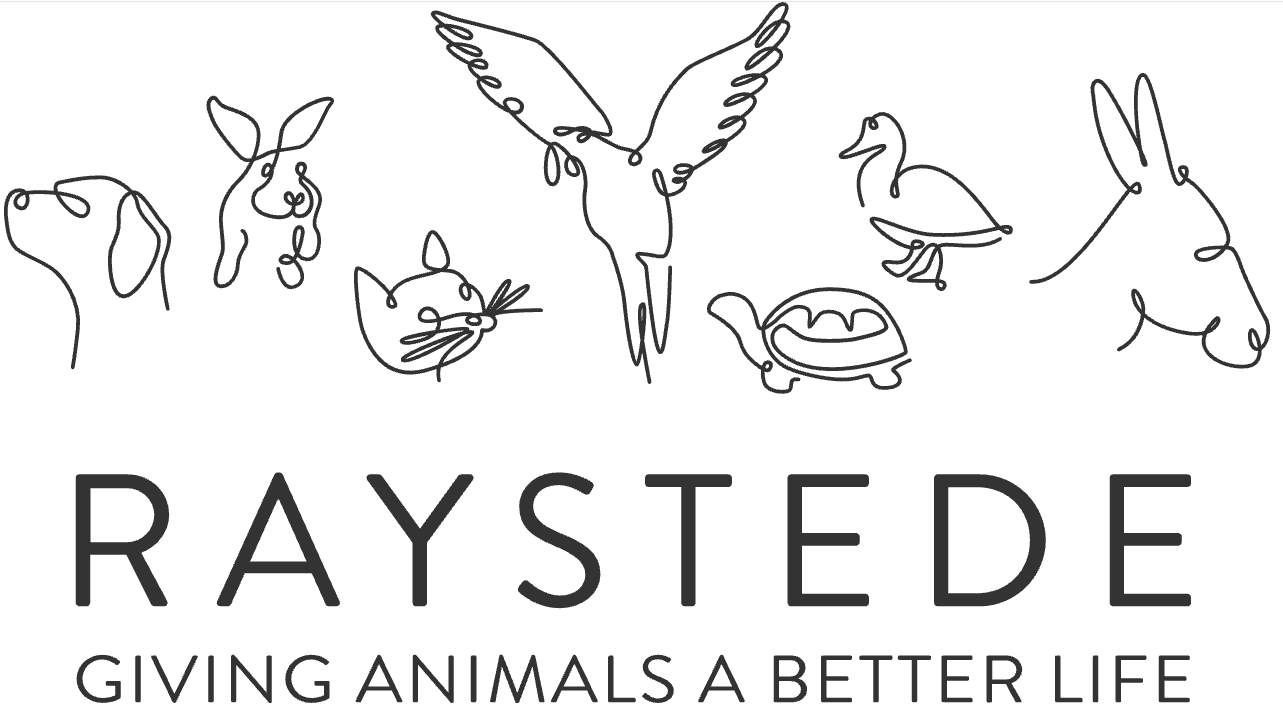
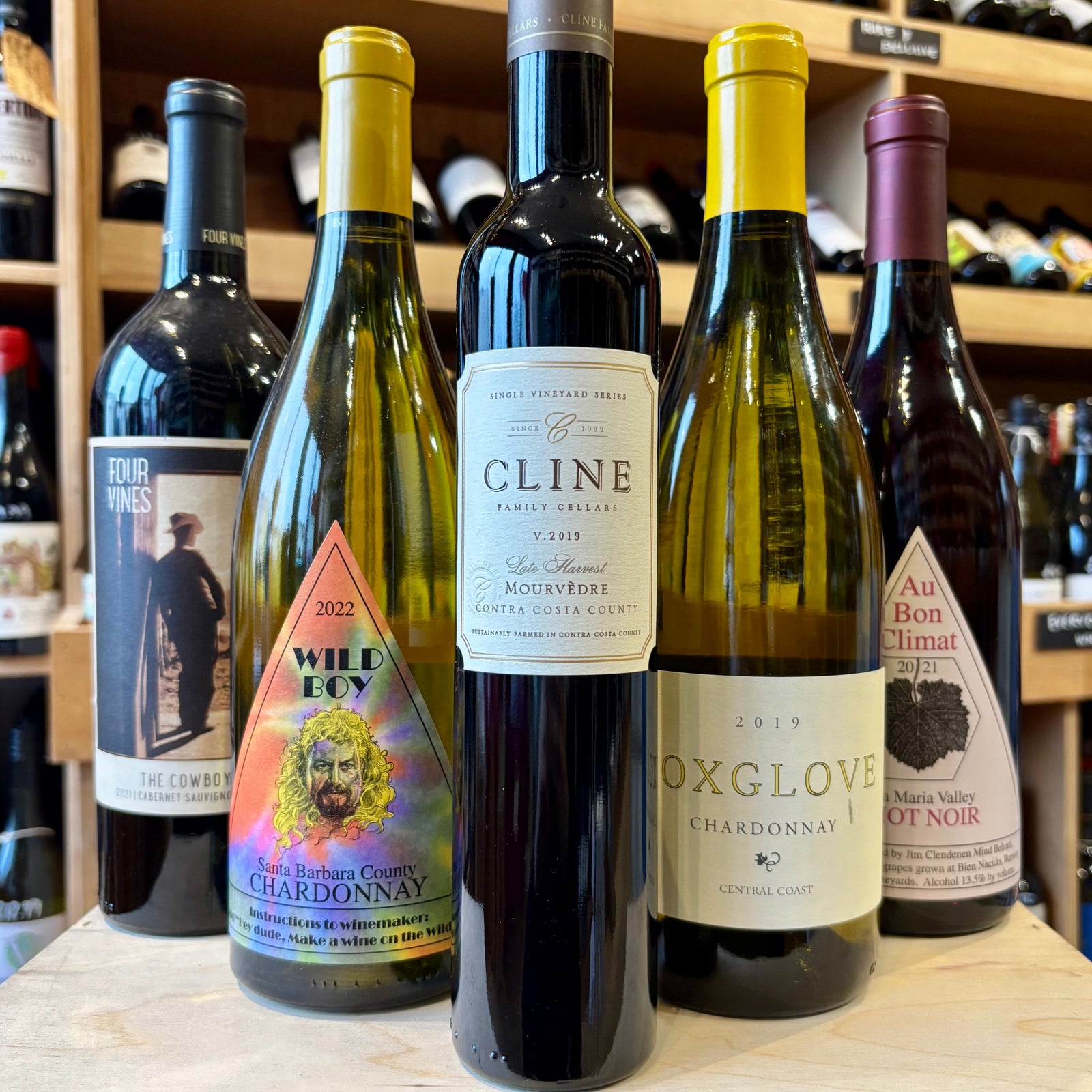
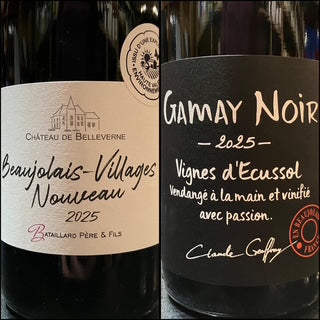
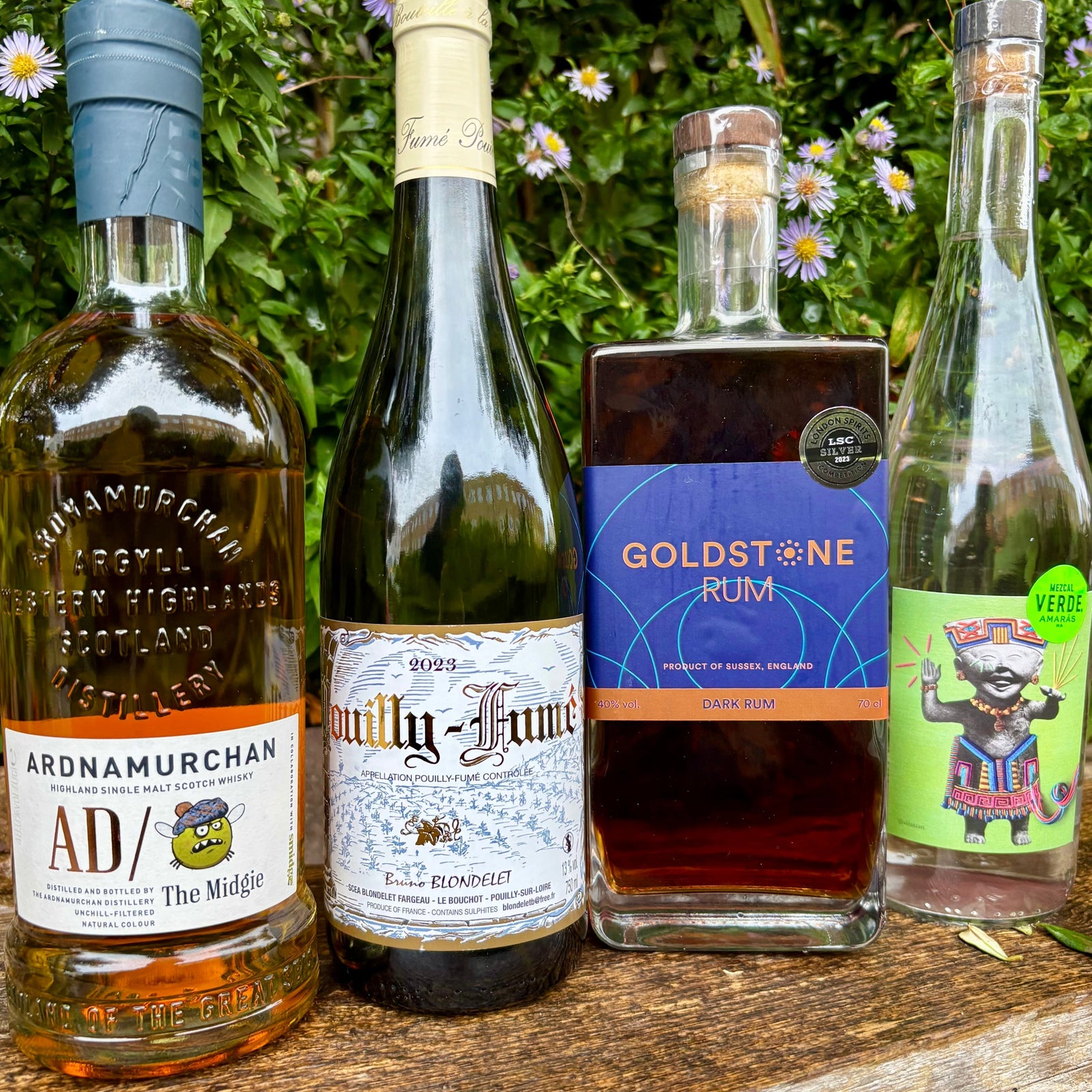
Leave a comment (all fields required)